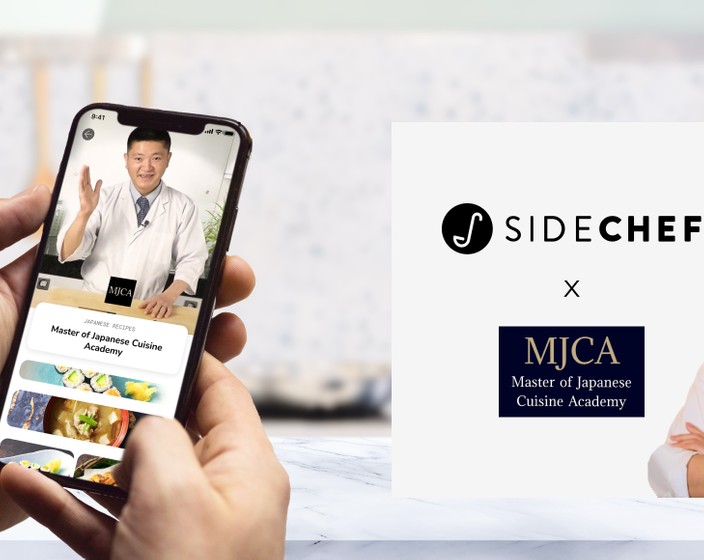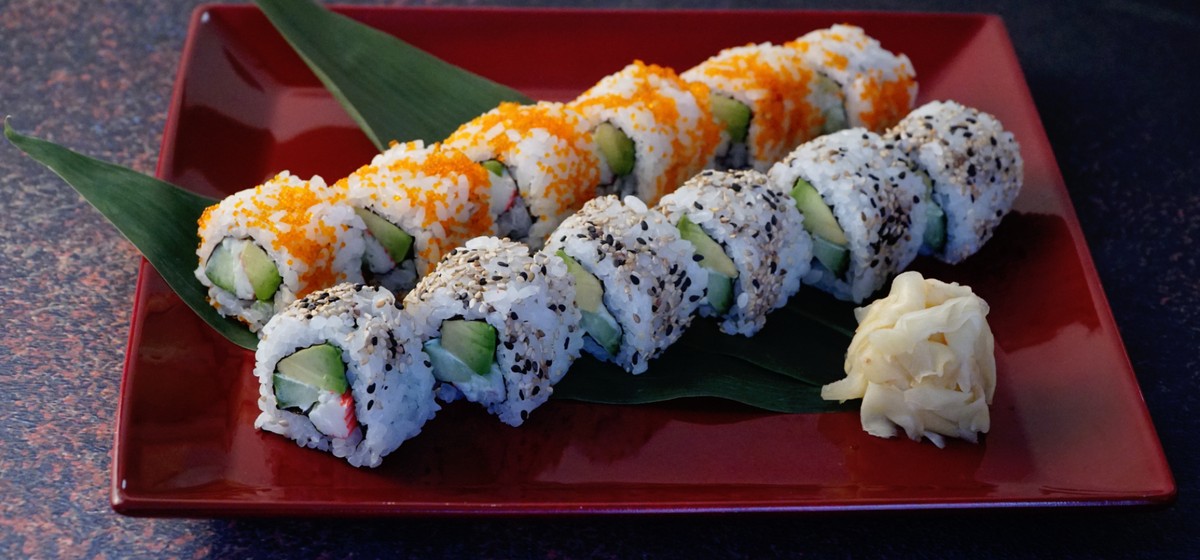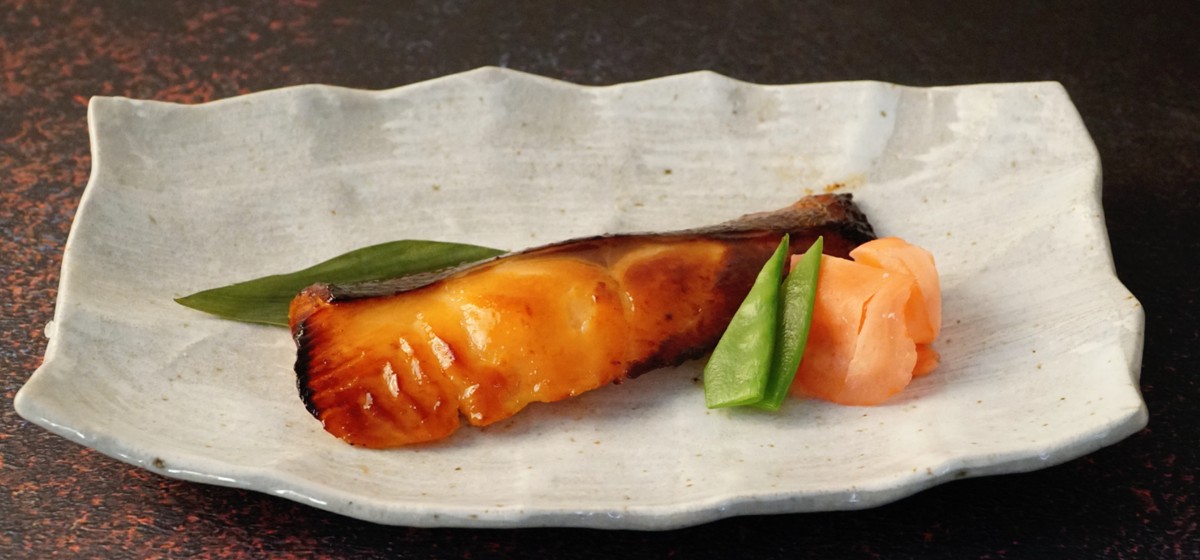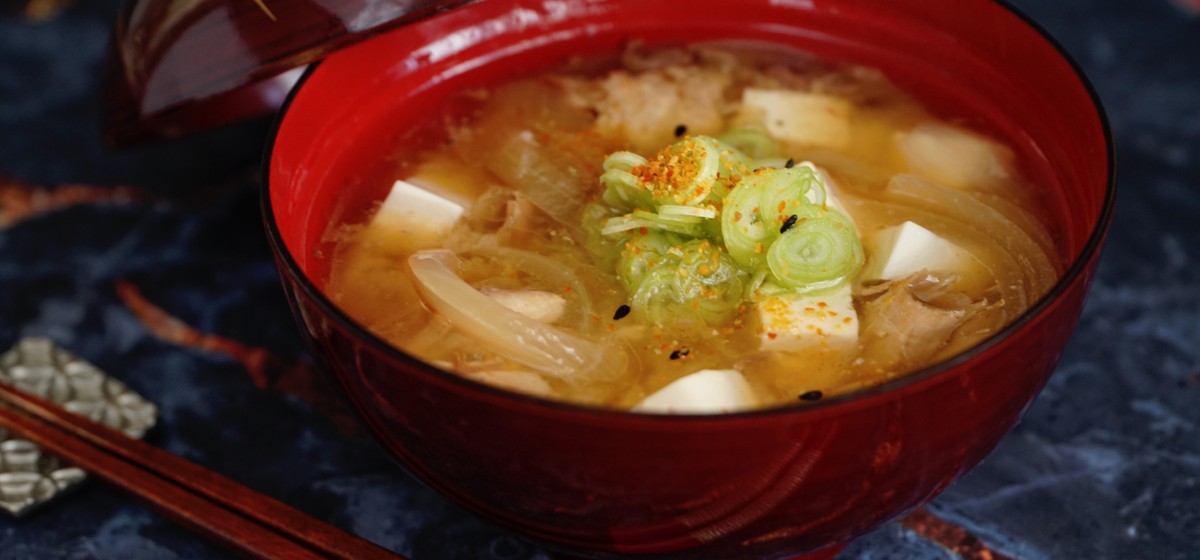Secrets of Japanese Cuisine with Kazumi Wickenkamp of MJCA




Founded in 2018 by Japanese female entrepreneur Kazumi Wickenkamp, Master of Japanese Cuisine Academy (MJCA) is a leading culinary academy that offers high-quality education showcasing the intricacies of Japanese cuisine to everyone, no matter where they are.
Kazumi Wickenkamp, the founder of MJCA, has years of experience in both the culinary and business worlds and created this company intending to spread the love for Japanese cuisine all over the globe.
We were lucky to chat with Ms. Wickencamp and learn more about MJCA, Japanese cuisine, and her favorite Japanese dishes and ingredients.
When I first started living and working outside of Japan, I quickly realized how popular Japanese cuisine was becoming. There were more and more Japanese restaurants opening everywhere.
But when I tried the dishes from the restaurant outside of Japan, I could tell that the people making them did not have enough knowledge of Japanese cooking whatsoever, not knowing what they were doing at times.
So, that’s where I found a business opportunity. If Japanese cooking and Japanese food are so popular, there’s more need to learn Japanese cooking and get educated on authentic Japanese cuisine. That's how I got the idea, and I found a few very passionate chefs to work with, and that’s how I started the Japanese Cooking Academy.
Yes, it’s very different.
I would say the most significant difference is the taste of umami. Japanese cooking uses a lot of umami or dashi to add the “umami” flavor to the dishes, making Japanese food so satisfying and rich in flavor. That is one of the biggest differences in palette between Japanese and Western cooking.
Interestingly, the younger generation of Japanese people is starting to have a similar palette to Western people. It must be because they eat Western food more often these days.
Sushi is something that people in Japan usually eat on special occasions.
Nowadays, it is somewhat changing with sushi being available at supermarkets or convenience stores. This sure takes away from the unique status sushi has in Japanese cuisine. But traditionally, sushi is a very special type of meal.
I can still remember the delicious sushi my grandma made when I graduated from the university. She would order sushi or make sushi at home for any special day, holiday or celebration. It’s not something you can have for breakfast or casual lunch traditionally.
Sushi is something special you eat together with other people for a special occasion. There is definitely something special about that dish that makes it stand out among other Japanese dishes.

It depends on the level you want to achieve.
If you are a home cook and want to cook authentic Japanese dishes occasionally, you don’t need to go through years of training. But you definitely need guidance and experience with different ingredients and techniques.
Japanese cooking is quite different from Western cooking in many aspects, from how you build the taste, seasonings, and ingredients you use to the cutting techniques. So you need a little bit of experience in making Japanese food at a starting level at home, but I wouldn’t say it’ll require years of training, maybe just for a few hours of practicing with a teacher that would teach you the basics like the fundamentals for the home cook.
If you want to become a professional chef, then, of course, it requires a lot of training for every person, I believe.
Two things are unique to the Japanese Cuisine Academy.
Japanese Cuisine Academy has students in many different countries all over the world, including Asia, Europe, North America, and other parts of the world. So we must make the information and program approachable for everybody.
For example, we could just say, “in Japan, we use this fish, so you should use this fish.” But we all know that certain ingredients, especially some types of fish and seafood, are not as easily accessible depending on your location. It might be interesting information for our students to learn, but they can’t apply it to their everyday cooking. So it is important for us to make the ingredients and the information relevant to everyone. Make sure that the ingredients we talk about are universally available.
That’s why we only focus on fish like salmon, tuna, seabass, etc. - kinds of common fish that many people have access to. We try to avoid complicated ingredients that we know are difficult to get.
The second thing that is unique to our approach is the feedback system. Especially when people sign up for the certificate course, we make sure to provide five or six feedback sessions to them. In the live feedback session, our students sit down with us in front of the computer and show us what they have learned, showing us exactly how they make a dish. How they slice fish, how they make sushi, how they roll sushi, etc. And then, they get immediate and direct feedback from the master chef.
This feedback is essential to learn something so technical as cooking, both for people who try to achieve higher professional levels and amateur cooks who want to make their family and friends happier with their food. It is vital for both of them to know what they are doing right and what they can improve to take their cooking to the next level.

Absolutely, we do that. However, the challenge is that our students live in different parts of the world and may not have access to certain high-quality ingredients.
This is another reason why our feedback and Q&A sessions with students are so important. This is when they can go, “Hey, I’m looking for a good quality nori or rice; what would you recommend?” then we can give them a bit of more concrete advice on which ingredients are readily available for them.
Not every home cook in Japan can make sushi. Probably most of them have made simple sushi rolls once or twice, but definitely not everybody.
Nigiri, which is a type of sushi made with a ball of rice topped off with a slice of fish, is a dish people can’t just make at home; that is something that only a well-trained professional sushi chef can make in a restaurant. (Note: If you don’t care about how well it is done, then, of course, you can make it at home, but it would be very different from what you eat at a restaurant).
I would say it’s soy sauce.
Even though most western home cooks have a bottle of soy sauce in their pantry nowadays, the quality of soy sauce is what more people should pay attention to.
The quality of the soy sauce varies a lot. If we use good soy sauce, it carries a lot of umami and sweetness and a very mild level of saltiness that can make many dishes taste outstanding. But if you buy a cheap product that is a salty dark liquid that doesn’t carry a lot of umami. The flavors it carries are not created by natural fermentation and are artificially added - that is a huge difference.
If you have a chance, try a good quality soy sauce. It might be more expensive than an average $2-3 bottle, but it is absolutely worth it as it can completely change your dish.
I would say learning how to use umami well in your cooking
. Not only does it make any dish more satisfying, but it’s a great way to cut down on salt as well.
Japanese cooking uses a lot of umami flavor. That’s one of the main reasons, so many people find it delicious and satisfying. If you can learn how to add umami to your cooking, you can apply this knowledge to every dish you make, not just Japanese cuisine. You can use umami ingredients for pasta or any other popular western dish.
Miso soup is my favorite Japanese dish.
I make miso soup almost every day - it is incredibly tasty and very easy to make. It is also very easy to add many healthy ingredients to miso soup. Miso paste itself is very healthy because it is a fermented soybean; on top of that, it carries a lot of umami and works great with various types of meat and vegetables.

Japanese Cuisine Academy content on SideChef is a great place to start. We have really thought it through and made sure to provide an excellent way for these people to start learning Japanese cooking at their own pace.
Another option is to go directly to our academy’s website and sign up for the free learning program. That's an option for people who want to take their Japanese cooking skills to the next level.